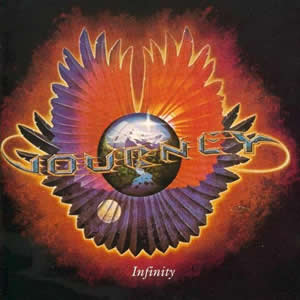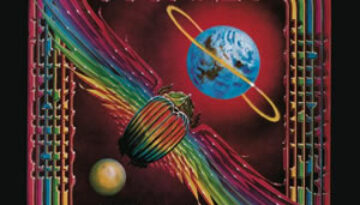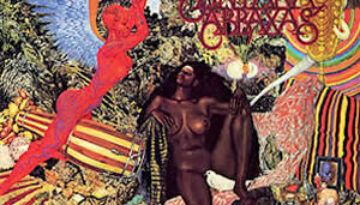Top 9 Rock Festivals
This week Classic Rock Review joins the celebration of the 45th Anniversary of the historic 1969 Woodstock Music Festival. In conjunction with Top 9 Lists, we present a list of the Top 9 […]

This week Classic Rock Review joins the celebration of the 45th Anniversary of the historic 1969 Woodstock Music Festival. In conjunction with Top 9 Lists, we present a list of the Top 9 […]

Buy Infinity The classic lineup of Journey came together for the album Infinity, released in 1978. Although this was the fourth overall album for the group that had been together since 1973, it […]

Buy Departure Journey continued their climb to rock superstardom with 1980’s Departure, the group’s highest charting studio album of the six with founding keyboardist and vocalist Gregg Rolie. This album contains a diverse […]

Buy Abraxas With their second studio album, Santana brought a plethora of musical influence to forge the acclaimed Abraxas. This record fuses on multiple levels, blending reinterpreted covers with distinct originals and offering […]